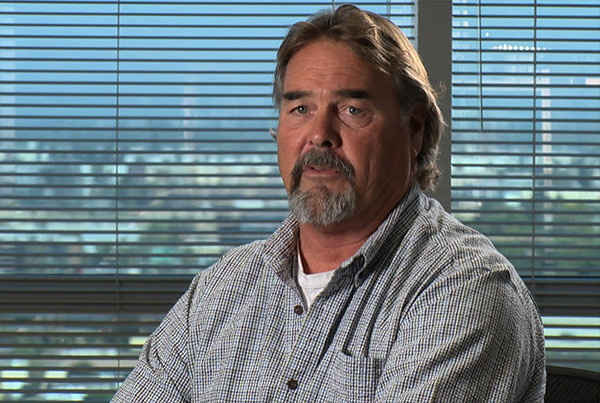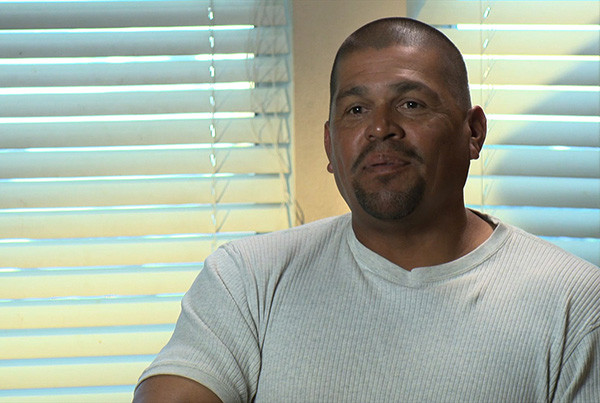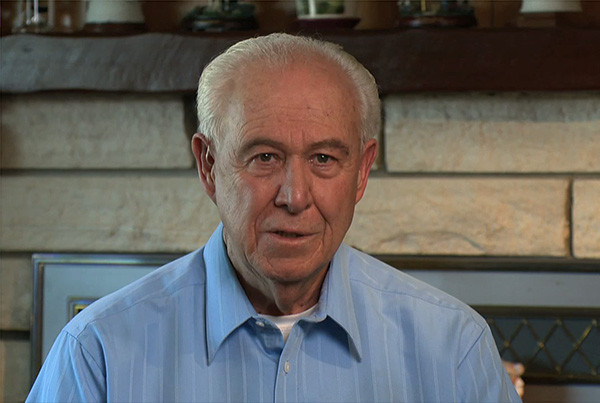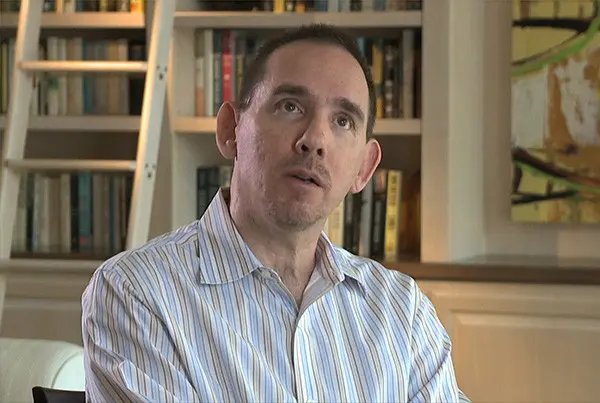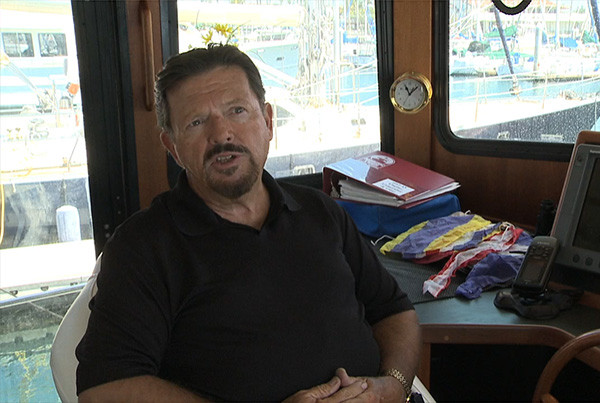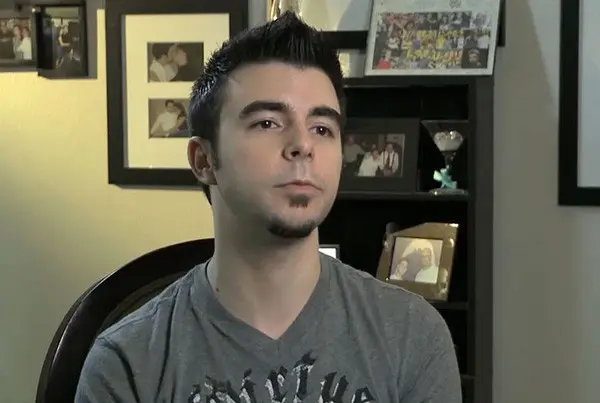Hypospadias
Home > Hypospadias
What is Hypospadias?
Hypospadias is a birth defect of the male urethra. The opening of the urethra appears along the undersurface of the penis instead of the tip of the head of the penis. Boys with hypospadias may also have a downward curvature of the penis with erections (a condition called chordee) and a “hooded” foreskin, where the foreskin is present along the top of the penis but not along the bottom.
Boys born with hypospadias are generally diagnosed with the condition at the time of birth. In general, circumcision is not performed as it is possible that the skin will be needed for use in reconstructing the urethra. Corrective surgery is often performed during the first year of life. However, some boys born with hypospadias, especially those born outside of the United States, are managed without surgical correction, and decide to have corrective surgery in adulthood.
The objective of the hypospadias repair is to correct any downward curvature, reconstruct the urethra so that the urethra is of adequate size with the opening at the tip of the penis, and to provide a nice cosmetic appearance. The choice of surgical technique is made on a case-by-case basis. Most boys born with hypospadias are referred for treatment by Pediatricians to their local Pediatric Urologist. Since we only treat disorders of the male pediatric and adult male urethra and penis, the Center for Reconstructive Urology is not a “go to” resource for Pediatricians, and most Pediatric Urologist are very well qualified to perform hypospadias repair. Often, the surgery is successful.
Hypospadias is a common male birth defect in which the opening of the urethra appears along the undersurface of the penis instead of on the tip of the head of the penis. Common associated side effects and symptoms of hypospadias include a downward curvature of the penis when erect (a condition called chordee) and a “hooded” foreskin, where the foreskin is present along the top of the penis but not along the bottom. While the symptoms can sound quite drastic, hypospadias repair is possible with surgery, although there is a risk of surgical complications. If all goes well, surgery should leave those afflicted with a normal and fully functioning penis. However, if complications arise, the Center for Reconstructive Urology specializes in resolving issues stemming from these complications.
When is the Condition Typically Diagnosed and Treated?
Boys born with the condition are generally diagnosed at the time of birth. At this time, a doctor will likely determine that circumcision should not be performed (if that is being considered), as it is possible that the skin will be needed for use in reconstructing the urethra. Corrective surgery is often performed during the first year of life in order to address the defect early and correct any curvature of the penis so that there will not be a sexual function impairment in adulthood. However, some boys born with the condition, especially those born outside of the United States, do not undergo any kind of surgical correction, and may instead decide to have corrective surgery in adulthood.
Hypospadias Repair
Hypospadias repair is an effective surgical treatment that can reverse the symptoms and effects of the condition. There are three primary objectives of a surgical hypospadias repair. First, the procedure aims to correct any downward curvature of the penis when erect if present, also known as chordee. Second, the repair reconstructs the urethra, making sure it is of adequate size and the opening is properly placed at the tip of the penis. Third, the surgery seeks to provide a nice cosmetic appearance, avoiding any lasting signs of the condition or the surgery itself.
The choice of which surgical technique is best for repair is made on a case-by-case basis. Most boys born with hypospadias are referred for treatment by Pediatricians to their local Pediatric Urologist. The Center for Reconstructive Urology only treats disorders of the male pediatric and adult urethra and penis, so we are not a “go to” resource for Pediatricians. Most Pediatric Urologists are very well qualified to perform surgical repair, and in most cases the surgery is successful.
Hypospadias Repair Complications and Re-Do Surgery
Unfortunately, repair surgery can be associated with several complications. Some possible complications include a breakdown of the repair, urethral stricture disease, incomplete correction of downward curvature, and/or urethrocutaneous fistulas. A Urethrocutaneous fistula is the development of an abnormal hole connecting the urethra and skin, causing urine to exit at the site of the fistula in addition to the urethral opening. In cases where multiple surgeries are performed using additional penile skin, the lack of penile skin can lead to a tethering of the penis that can restrict movement. The Center for Reconstructive Urology is a referral center for the treatment of these complex cases, with nearly all patients referred by their Pediatric Urologists. In other cases, patients or their parents reach out to us when they are seeking solutions to hypospadias surgery treatment complications.. We specialize in re-do hypospadias repair surgery, addressing failed repairs in both pediatric re-do surgery and adult re-do surgery. If a patient had a prior surgery with complications, a diagnostic evaluation is necessary to determine the best course of treatment moving forward.
In addition to re-do surgery, the Center for Reconstructive Urology offers surgical repair for adults who seek treatment for the very first time. However, the majority of our patients are adults referred to our center for the treatment of complications of hypospadias surgery such as urethral stricture disease and urethrocutaneous fistulas. Regardless of which type of hypospadias repair is needed, the Center for Reconstructive Urology can help.

